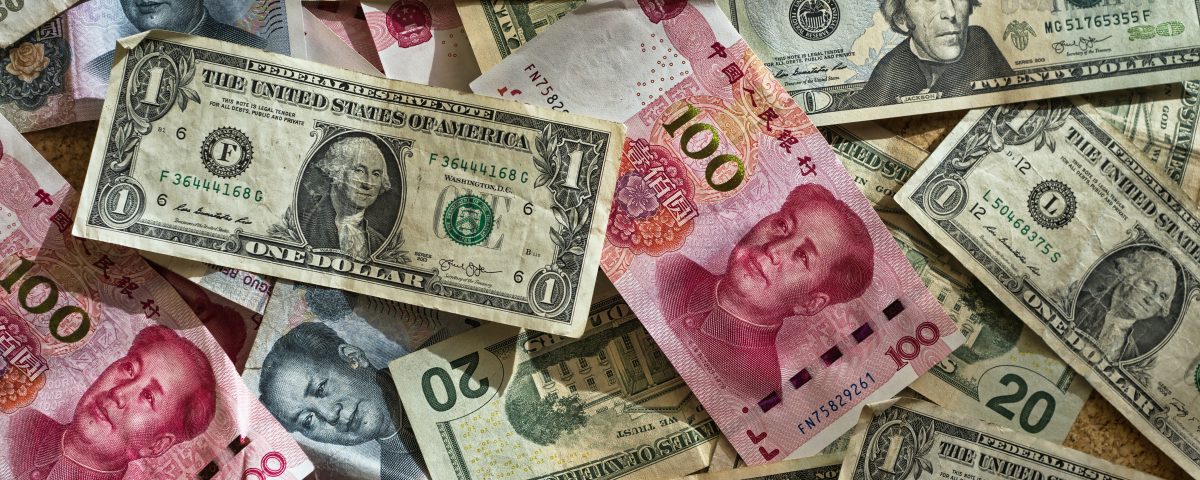Currencies That We Trade In Forex

Things To Learn In Forex
April 30, 2014
EVEST – Numbers Rule
May 3, 2014Introduction
Forex trading, also known as foreign exchange trading or currency trading, is a dynamic financial market that involves buying and selling currencies with the goal of making a profit. The forex market is the largest and most liquid market globally, providing opportunities for traders around the world to engage in currency exchange transactions. Central to forex trading are currency pairs, where the value of one currency is quoted against another. In this article, we'll explore the concept of currency pairs and delve into some of the common currencies traded in the forex market.
The Significance of Currency Pairs
Currency pairs form the basis of forex trading. Each currency pair consists of two different currencies, where one is considered the "base currency," and the other is the "quote currency." The exchange rate indicates how much of the quote currency is needed to purchase one unit of the base currency. For instance, in the EUR/USD currency pair, the Euro (EUR) is the base currency, and the US Dollar (USD) is the quote currency. If the EUR/USD exchange rate is 1.2000, it means that 1 Euro is equal to 1.20 US Dollars.
Common Major Currency Pairs
Major currency pairs are the most actively traded pairs in the forex market due to their high liquidity and stability. These pairs often involve the US Dollar and other major world currencies. Here are some examples:
-
EUR/USD (Euro/US Dollar): This pair is a cornerstone of forex trading and represents the Euro against the US Dollar.
-
USD/JPY (US Dollar/Japanese Yen): This pair involves the US Dollar and the Japanese Yen, reflecting the exchange rate between these two major economies.
-
GBP/USD (British Pound/US Dollar): Reflecting the British Pound's value against the US Dollar, this pair is influenced by economic events in the UK and the US.
-
USD/CHF (US Dollar/Swiss Franc): This pair represents the US Dollar's value against the Swiss Franc and is often influenced by safe-haven demand.
-
AUD/USD (Australian Dollar/US Dollar): The value of the Australian Dollar against the US Dollar in this pair is affected by commodities and Australia's economic performance.
-
USD/CAD (US Dollar/Canadian Dollar): This pair reflects the exchange rate between the US Dollar and the Canadian Dollar, often influenced by oil prices and economic data.
Minor and Exotic Currency Pairs
Minor currency pairs do not involve the US Dollar but consist of other major world currencies. Examples include EUR/GBP (Euro/British Pound) and AUD/JPY (Australian Dollar/Japanese Yen). These pairs are less liquid than major pairs but can provide unique trading opportunities.
Exotic currency pairs include one major currency and one from an emerging or smaller economy. Examples are USD/SGD (US Dollar/Singapore Dollar) and EUR/TRY (Euro/Turkish Lira). Exotic pairs tend to have wider spreads and higher volatility due to their specific economic conditions.
Conclusion
Forex trading offers a world of opportunity for individuals and institutions seeking to profit from changes in currency exchange rates. Understanding currency pairs, from major to minor and exotic, is essential for navigating the forex market effectively. While major pairs provide stability and liquidity, traders should exercise caution when trading minor and exotic pairs due to their potential volatility. As with any trading endeavor, thorough education, risk management, and continuous learning are key to success in the complex world of forex trading.


